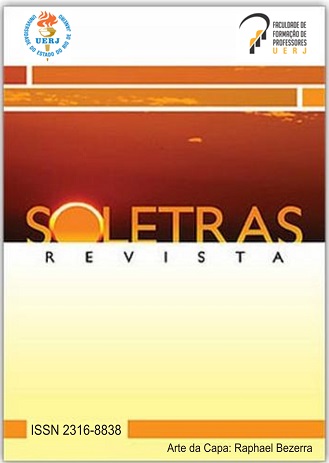LITERATURA E ADAPTAÇÃO CINEMATOGRÁFICA: DIFERENTES LINGUAGENS, DIFERENTES LEITURAS
DOI:
https://doi.org/10.12957/soletras.2008.4869Abstract
O escritor suíço Umberto Eco disse à revista Wired, certa vez, quea fotografia assumiu muitas das funções da pintura, como a de retratarimagens de pessoas, mas que ela não matou a pintura e sim a libertou. Afotografia apenas abriu espaço para a experimentação, da mesma formaque o cinema não deseja “matar” a literatura e sim libertá-la para que oespectador possa realizar outras leituras através da visão do cineasta.Infelizmente há muitos profissionais que ainda desconhecem alinguagem do texto cinematográfico, e persistem em compará-la com alinguagem escrita, desconsiderando assim, novas idéias, implícitas, quepermeiam algumas obras adaptadas.Downloads
Issue
Section
License
The approval of the article implies the immediate and free transfer of the publication rights in this journal. The author (s) authorize the Postgraduate Program in Literature and Linguistics (PPLIN) to reproduce it and publish it in Revista SOLETRAS, understanding the terms "reproduction" and "publication" in accordance with Definition of article 5 of Law 9610/98. The author (s) will continue to own the copyright for subsequent publications. The article can be accessed by the world wide web (http://www.e-publicacoes.uerj.br/index.php/soletras), being allowed, free of charge, the consultation and the reproduction of copy of the article for own use. Cases of plagiarism or any illegalities in the submitted texts are the sole responsibility of their authors.



